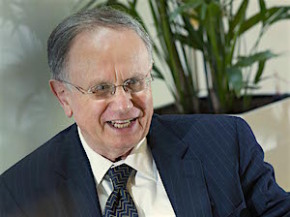
Rothification Wouldn’t Have Hurt Lower-Income Taxpayers
'There is evidence that employees are pretty oblivious to tax considerations when they save, whether in traditional accounts or Roth accounts,' writes our guest columnist, an expert in behavioral finance.


